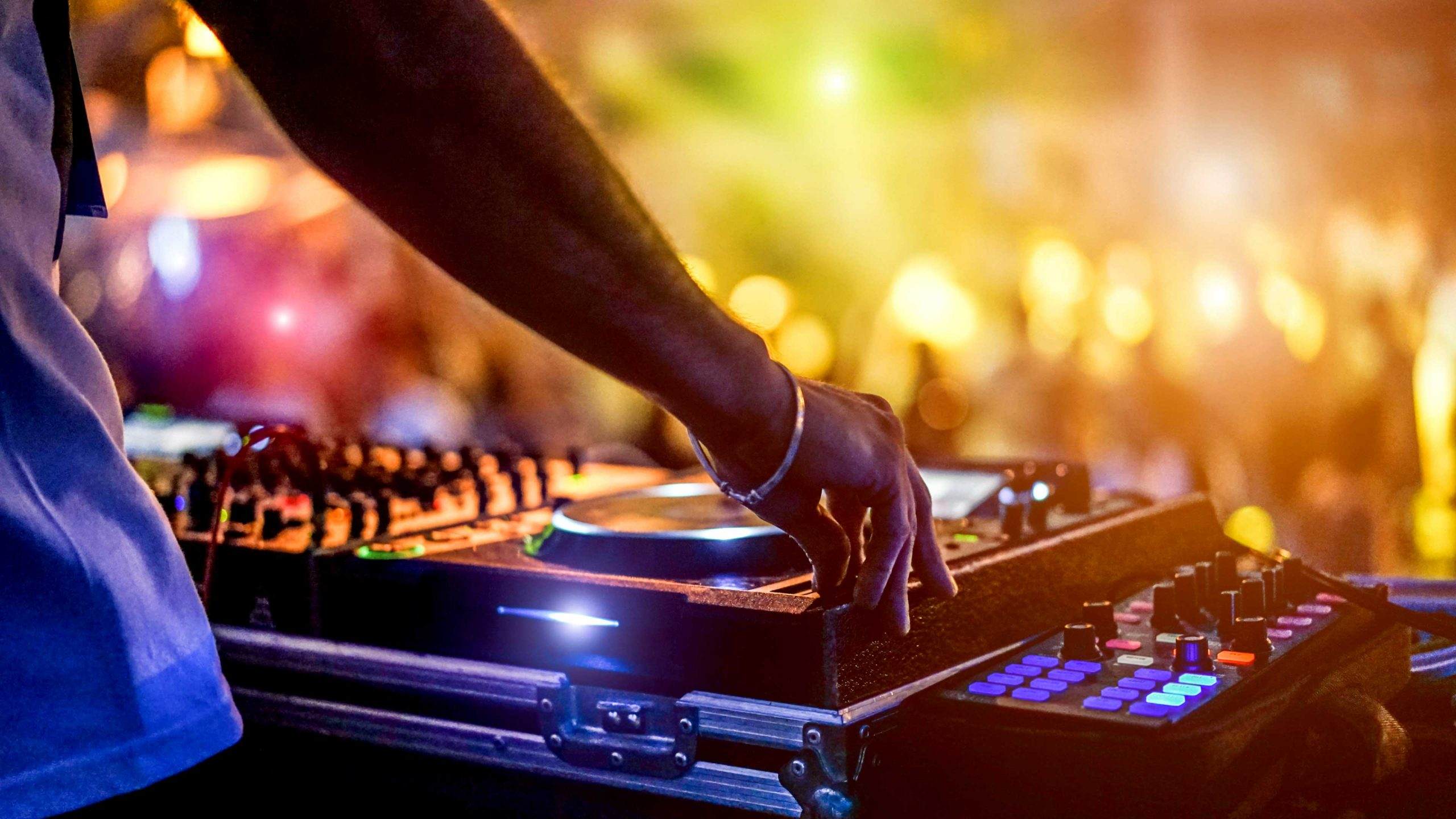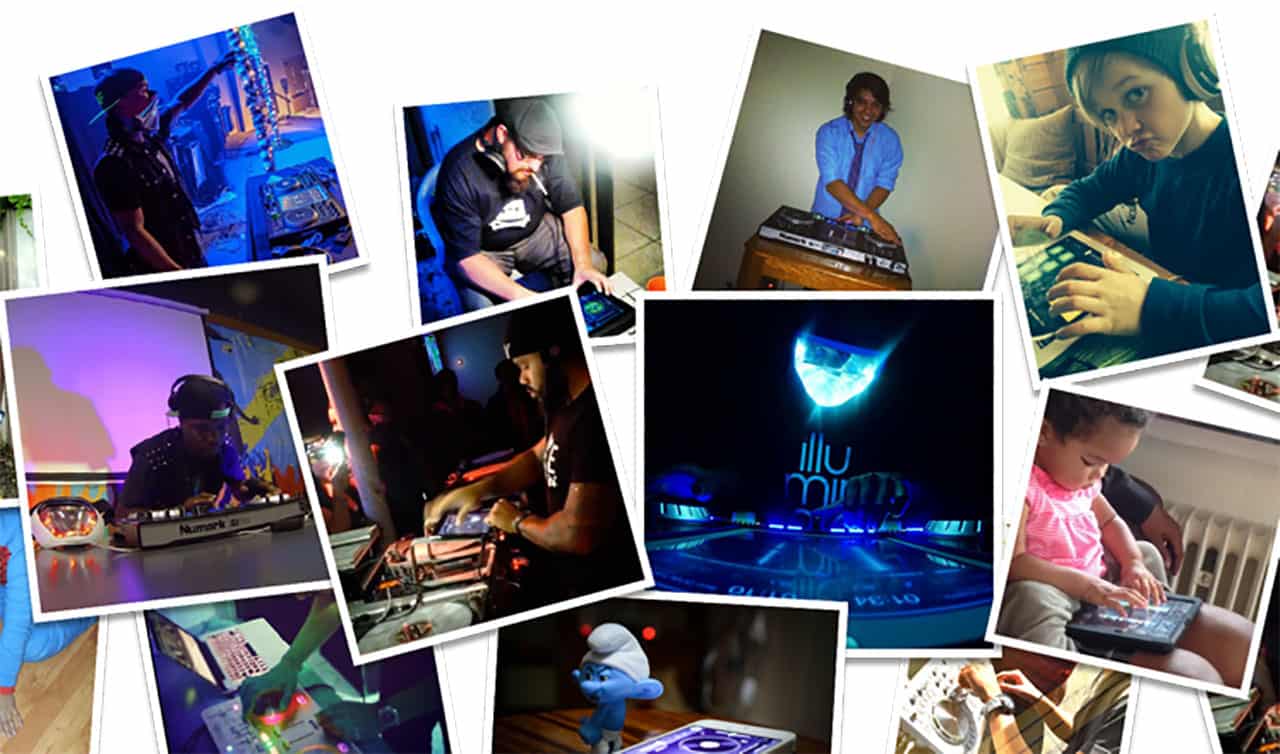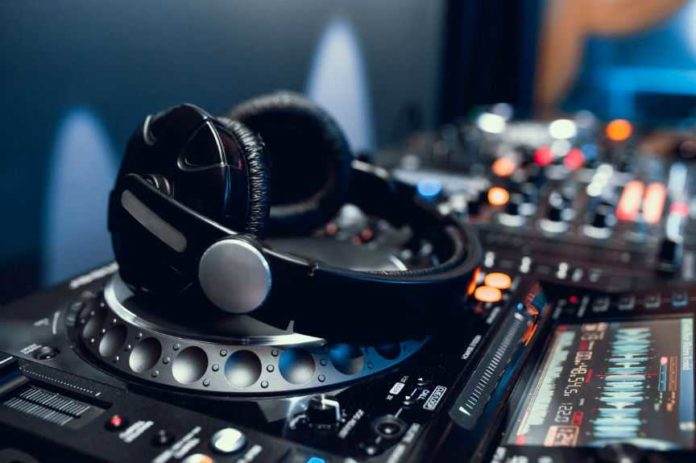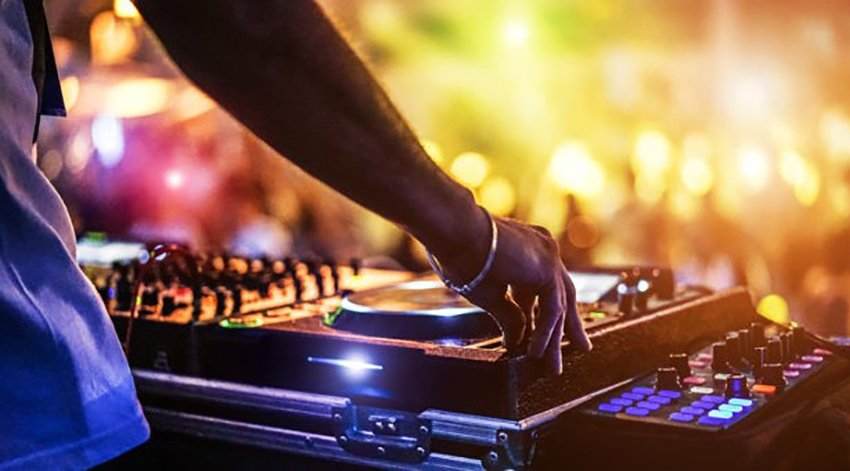Disclosure: This post contains affiliate links, which means we may earn a commission if you purchase through our links at no extra cost to you.
Table of Contents
Meaning of DJ Effects
DJ effects are controlled via the DJ controls on that can change the sound of a track. This is the basics of DJing and is used to give an intensive experience to the audience. It allows you to skilfully modify the sounds and to use the DJ effects; you need to know about the various types of effects there are along with the controls.
Every effect has a different use, and this guide will provide you with detailed information about each type of DJ effect and how to use it.
When it comes to the best music experience out there, nothing beats the effects generated by the DJ. You must have experienced the beats in various religious music performances like in Hindu Durga puja or during Christmas hymes/prayers. These social events require the use of DJ equipment for the best music experience for the crowd.
Types of DJ Effects
Here is a list of the core DJ effects:
- Modulation effects – The modulation effects consist of the Chorus, Tremolo, Phaser, and Flanger.
- Time-based effects – These effects are based on the timing, which means increasing or decreasing the speed of the track and include Reverb, Echo, and Delay.
- Spectral effects – The Spectral DJ effects include EQ and Panning.
- Dynamic effects –Dynamic DJ effects include Compression and Distortion.
- Filters
List of DJ Effects
This is a list of effects under each type of DJ Effect.
- Phaser – The Phaser effect is used to make the show livelier and infuse dynamic energy in your music. This effect helps you to capture attention and makes the sound appear as if it is coming from a rotating speaker.
- Filter – Filter is something every DJ should try out because it is very common. In this effect, you usually combine two different types of filters, which are high pass and low pass, which allow you to eliminate various frequencies.
- Reverb – The Reverb effect is used to give the music a bit of a haunted touch. If you are playing in a small area, the Reverb effect lets you give your audience the experience of DJ in a larger room.
- Echo – The Echo effect refers to the sound of fading away. It is usually the repetition of the sound until it is totally out. It is, at times, also known as Delay.
- Flanger – The Flanger is used to give a panoramic effect to an aggressive extent. It is also used to give a dramatic vibe before the drop in the sound.
Controls for DJ Effects
To create these effects, you should be well versed with the controls of the DJ.
- On/Off Button – You might not be able to use the DJ effects if the on/off button is switched off. It makes the effects inactive, and the whole purpose of being a DJ is defeated. If you turn it on, the sound will stay the same, but you will be able to use the other controls and change the sounds by bringing in some DJ effects.
- Wet + Dry Knob – This control is often referred to as depth. The dry option is where the sound is original, and the music coming out of your speakers is pure. This means there have been no changes. The wet option shows that there has been an additional effect in play, and thus, the music coming out of your speakers is mixed with some DJ effects. In simple words, this control allows you to control the extent of the effect in the sound.
- Tempo Control – This control helps you to lock the effect that is currently playing. It is used when you finalize an effect and the repetition to apply it to your desired part.
- Effect Assign Button – This button is present on the effects control panel of your DJ software. It allows you to assign various effects to different channels.
- Parameter Knob(s) – When you are using DJ effects, you’ll see that some effects come with extra parameters, and these allow you to take over extra control on these effects. You can try experimenting with these once you know about each effect in detail.
DJ Effects in Detail
Phaser
The Phaser and Flanger effects are related to each other. An example of the phase effect is the siren. When you hear a siren, you know that the same sound is coming from the siren. But when it speeds past you, you can see a bit of variation in the tone even when the sound has no changes. This is known as the phase effect.
Under the phasing effect, modulate the frequency, and that is mixed with the original soundtrack. As explained before, it helps to make your shows livelier and infuse dynamic energy in the room. This is the most common effect after the phaser.
It is known to give the Doppler effect. The Doppler effect is at times known as the Doppler shift. It refers to the change in the frequency of the sound. It modifies the length and depth of a soundwave. This allows you to make the spectrum end to stand out and be more prominent.
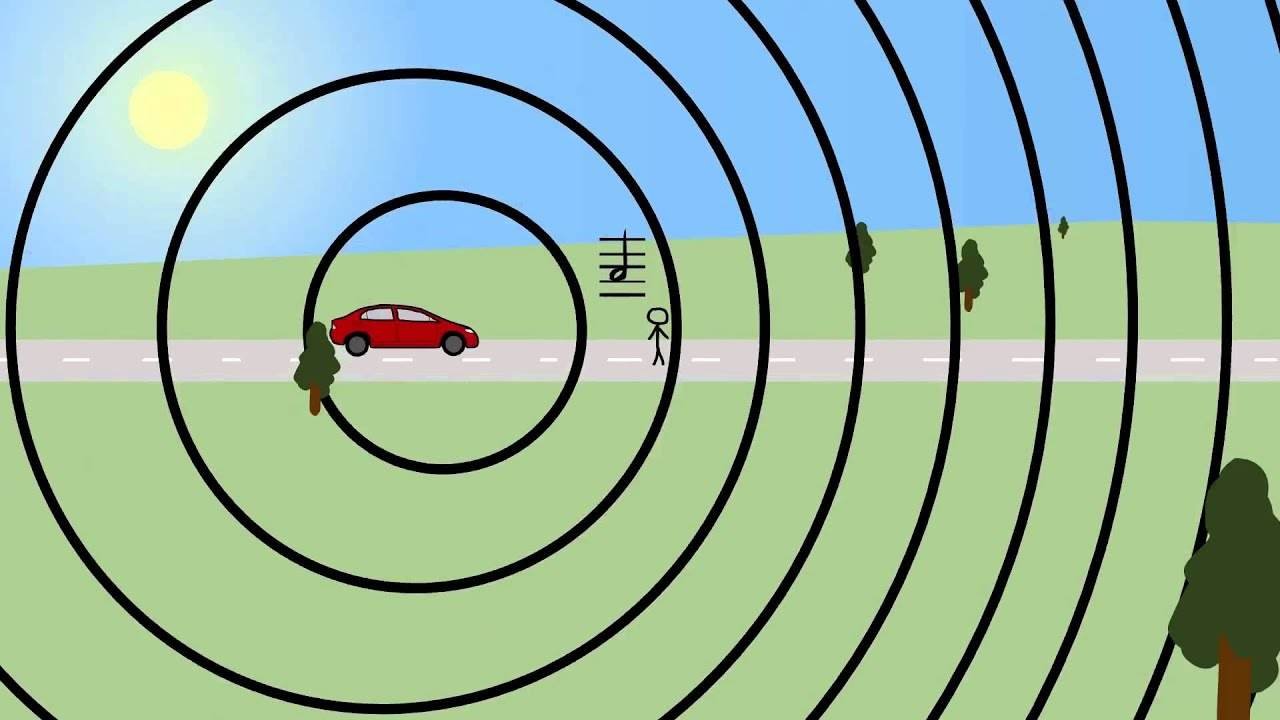
With more deep phasing, your sound effect will be more profound. It also allows you to alter the speed of the track. This means it allows you to control the speed of the rotation of speakers. It can also create a panoramic feel.
A phaser is generally used when on guitar solo tracks and is tied to the BPM of a track. The extra parameter that was mentioned earlier is available in this, which allows you to control the speed of sweep.
Filter
The Filter is a type of equalizer, and its controls are related to the EQ controls. A filter can be divided into two types, the low pass filter, and the high pass filter.
The low pass filter allows curtailing the higher frequencies while allowing the lower frequencies through. This can be used when you are trying to introduce a slow vocal loop. The high pass filter does exactly opposite of the low pass filter. It is used to transform a break in a record.
The filter effect is the most common effect, and you get to listen to this everywhere. Filters are linked to BPM and are manually controlled by DJ. You can use the Filter effect by slowly turning the knob.
It is the DJ effect that every beginner DJ needs to try out because it is one of the most basic effects. The use is very easy. By turning the knob to the left side, you will cut out some high frequencies. By turning the knob to the right side, you will cut out the low frequencies. You would need to try out different combinations to understand what fits perfectly.
These changes can usually be done using the EQ, but using the Filter effect allows you to have some fun on the way. The problem that one can face is since this DJ effect is easily usable, it can be used in the wrong manner. It might take some time along with practise before you master the Filter DJ effect.
Reverb
The Reverb effect is used to give the music a bit of a haunted touch. If you are playing in a small area, the Reverb effect lets you give your audience the experience of DJ in a larger room.
The use of the reverb DJ effect depends on the size of the room. The most common usage of the reverb effect is during the breakdowns. You can use the Reverb effect to fill the gaps. It is a challenging effect to use but is commonly used by DJs. The challenging part of using this effect is that you need to balance and find the right spot. Learning how to use Reverb allows you to match the effects of a large room and a small room, as explained previously.
Reverb is used while transitioning between different tracks and can also work wonders if you want to make sure that your transitions are smooth. It will feel like your tracks are just flowing with the use of Reverb.
Apart from filling the gaps and transitioning, you can use Reverb to highlight a specific part of the song. It will allow you to have a profound impact on your audience. An example of this is using it to highlight the sounds like snares of claps.
It allows you to add the element of surprise and leave your audience wanting more. Reverb is mostly used on vocals, and it allows us to make the sound of the microphone better. It also helps to add an element of professionalism to the voice. It can also give a metallic and warehouse-type effect to the music. It is great for techno and minimal houses.
The extra parameter available in the reverb DJ effect is that you are given the option to select the size of the room and the type of room you are playing in.
Echo
The Echo is, at times, also known as Delay. The Echo effect refers to the sound of fading away. It is usually the repetition of the sound until it is totally out. An example of the Echo can be when you speak in an empty hall, and you hear your voice again and again.
This is the favorite effect of the dub reggae DJ. It is also preferred by producers. In this effect, the vocal line is echoed a few times after the track has ended. This can be used both at the beginning and at the end. Using the Echo DJ effect is also easy and can help to create a better effect than ending a soundtrack abruptly.
The most important aspect of this is the timing. Just like Filter, it is usually easy to put this effect in play, and that is why it can be used in the wrong way.
Like Reverb in the Filter DJ effect, it can be easily used to transition between two soundtracks and also give a form of carrying over from the first song to the second without having a break in between. It works very well with slow basslines. This is why timing is very important. If you want to use the Echo DJ effect, you must make sure that the vocal part is very clean.
The echo DJ effect also holds the potential to ruin your DJ set if you use it in a busy mix or a crowded show.
Flanger
Like mentioned earlier, the Flanger is related to the phaser, but they both are very distinct. This DJ effect is used to add a swooping effect to track. It allows you to alter the length and intensity.
It allows you to create a dramatic vibe. The most important aspect of the Flanger DJ effect is to know the timing, just like Echo. It holds the potential to make your soundtrack have a long-lasting effect on your audience or mess up the whole show. Thus, you need to ace timing, and it takes time to reach that.
The distinction between Flanger and Phaser is that Flanger works closely with the chorus. It used Delay around 0.1ms to 10ms. They also modulated against the dry signals. It is again used related to guitars and synthesizers.
There are some other effects such as distortion, chorus, panning, equalization compression, tremolo, etc. Panning refers to the distribution of sound signals in the stereo field. It also creates an illusion that the sound source is moving from one part to another. Chorus refers to the electronic effect works. Distortion refers to the overloading in the audio circuit. It can be difficult to use in the beginning, and some DJs even try to avoid it, but when you master it, the Distortion DJ effect can come across as a very creative tool.
Conclusion
All the DJ effects such as Filter, Phaser, Flanger, tremolo, etc. are awesome to use in the soundtracks. The usage of these effects and the timing is what creates the impact. It holds power to either make your show be really good or get messed up.
Thus, it takes time to master these effects, and for the beginning, you should try out with Filter since it is used everywhere. Once you get the hang of the filter DJ effect, then move on to other effects slowly. You’ll learn through the practice of mixing and matching what works and what does not.
